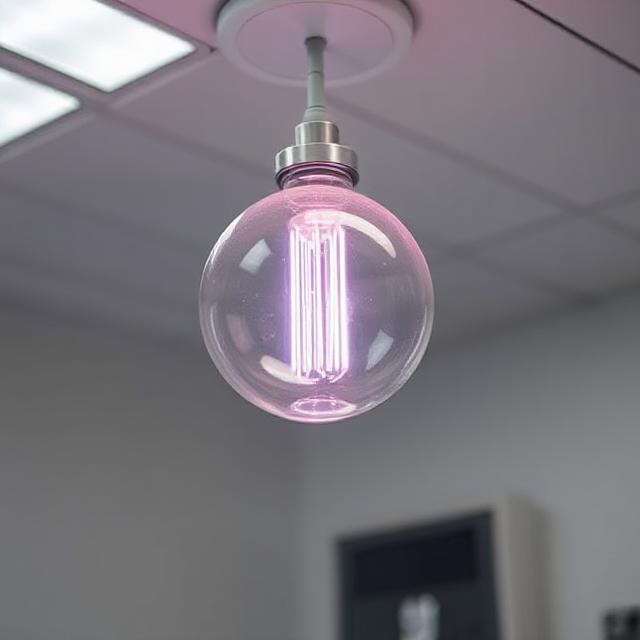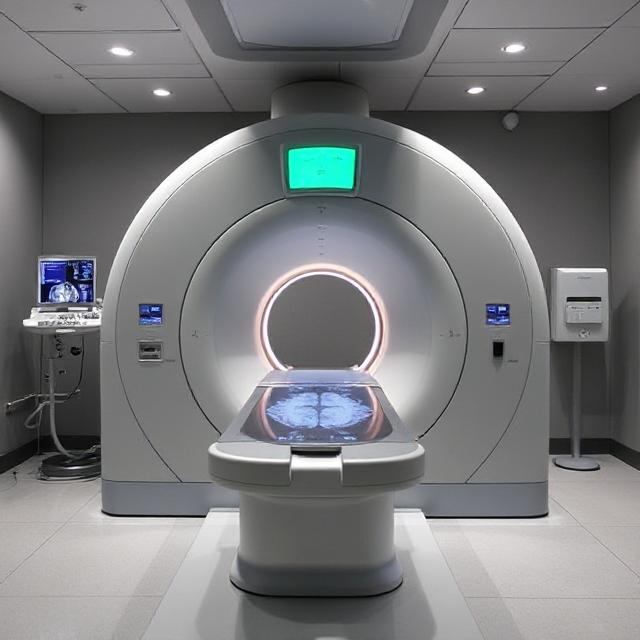Table of Contents
- Introduction
- What Is Medical Helium?
- Properties of Medical Helium
- Uses of Medical Helium
- 4.1 Respiratory Treatments and Heliox Therapy
- 4.2 Magnetic Resonance Imaging (MRI)
- 4.3 Cryogenic Medical Applications
- 4.4 Surgical and Diagnostic Procedures
- Comparison of Medical Helium with Other Gases
- How to Handle and Store Medical Helium Safely
- YIGAS Group: A Trusted Supplier of Helium Gas
- Summary Table: Key Takeaways
- Conclusion
Introduction
Medical helium is a highly specialized gas used in various healthcare and medical applications. From respiratory therapy to imaging technologies, helium plays a vital role in modern medicine. Its low density, high thermal conductivity, and inert nature make it an essential element in respiratory support, cryogenics, and medical imaging.
This article explores the properties, applications, and benefits of medical helium, along with details about YIGAS Group, a leading manufacturer and supplier of helium gas.

What Is Medical Helium?
Medical helium is a high-purity helium gas used in healthcare, research, and medical technologies. It is often blended with oxygen to create heliox, a specialized gas mixture that helps patients with respiratory conditions breathe more easily.
Medical-grade helium is free from impurities and must meet strict quality standards to ensure safety and effectiveness in medical applications.
Properties of Medical Helium
Medical helium possesses several unique physical and chemical properties that make it ideal for medical use:
- Inert and Non-Toxic: Helium is chemically stable and does not react with other substances, making it safe for medical applications.
- Low Density: Helium is lighter than air, which allows it to improve airflow in the lungs when mixed with oxygen.
- High Thermal Conductivity: It efficiently transfers heat, which is crucial for MRI cooling systems and cryogenic applications.
- Non-Flammable: Unlike some medical gases, helium is completely non-combustible, reducing safety risks.
Because of these properties, medical helium is widely used in respiratory support, imaging, and cryogenic storage.
Uses of Medical Helium
4.1 Respiratory Treatments and Heliox Therapy

One of the most important applications of medical helium is in heliox therapy—a mixture of helium and oxygen used for treating:
- Asthma and chronic obstructive pulmonary disease (COPD)
- Severe airway obstructions
- Croup (a respiratory condition in children)
- Post-surgical breathing difficulties
Benefits of Heliox Therapy:
✔ Reduces airway resistance, making it easier for patients to breathe
✔ Improves oxygen delivery to the lungs
✔ Minimizes the work of breathing, reducing strain on the respiratory muscles
Heliox is widely used in intensive care units (ICUs), emergency rooms, and respiratory therapy centers.
4.2 Magnetic Resonance Imaging (MRI)

Medical helium is essential for cooling MRI machines, which require ultra-low temperatures to operate efficiently.
- MRI scanners use superconducting magnets, which need to be cooled to near absolute zero (-269°C) using liquid helium.
- Without helium, MRI machines would overheat and fail to function properly.
Since MRI scans are critical for diagnosing diseases, helium plays an indispensable role in modern medicine.
4.3 Cryogenic Medical Applications

Due to its cryogenic properties, helium is used in medical freezing and preservation applications, such as:
- Preserving biological samples and tissues
- Freezing stem cells and blood plasma for future medical use
- Cryosurgery, where extreme cold is used to destroy abnormal tissue or tumors
Helium-based cryogenic systems are also used in cancer treatment, regenerative medicine, and long-term biological research.
4.4 Surgical and Diagnostic Procedures
Medical helium is used in minimally invasive surgeries and medical research. Some of its applications include:
- Laparoscopic Surgery: Helium is used as an insufflation gas to expand the abdomen, creating more space for surgical instruments.
- Pulmonary Function Testing: Helium helps measure lung volumes and airway resistance in diagnostic tests.
- Endoscopic Procedures: Helium gas assists in visualizing internal organs and tissues during diagnostic exams.
Because helium is non-reactive and safe, it is preferred in sensitive medical procedures.
Comparison of Medical Helium with Other Gases
| Medical Gas | Key Properties | Common Uses |
|---|---|---|
| Helium (He) | Light, inert, non-toxic | MRI cooling, respiratory therapy, cryogenics |
| Oxygen (O₂) | Supports respiration, oxidizing | Breathing assistance, surgery, ICU support |
| Nitrous Oxide (N₂O) | Anesthetic, pain relief | Surgery, dental procedures |
| Carbon Dioxide (CO₂) | Enhances blood flow, acidic | Medical lasers, laparoscopic surgery |
| Hydrogen (H₂) | Reactive, light | Experimental treatments, deep-sea diving |
Helium stands out due to its unique ability to enhance respiratory function, cool MRI machines, and support cryogenic applications.
How to Handle and Store Medical Helium Safely
Since helium is a compressed gas, proper handling and storage are essential to prevent accidents:
✔ Store helium cylinders in a well-ventilated area
✔ Secure tanks in an upright position to prevent tipping
✔ Avoid exposure to high temperatures or direct sunlight
✔ Use appropriate regulators and safety equipment when dispensing helium
Medical facilities must follow strict safety guidelines when handling and using helium gas.
YIGAS Group: A Trusted Supplier of Helium Gas

For high-quality medical helium, YIGAS Group is a leading manufacturer and supplier in China.
Why Choose YIGAS Group?
✔ 30+ years of experience in the industrial and medical gas industry
✔ Large-scale production of helium, methane, silane, and sulfur hexafluoride
✔ Serves over 5,000 customers worldwide
✔ Strong distribution network across China and international markets
✔ Reliable, high-purity helium for medical applications
With its advanced production facilities and global reach, YIGAS Group provides helium solutions for hospitals, laboratories, and research institutions.
Summary Table: Key Takeaways
| Aspect | Details |
|---|---|
| Medical Helium Uses | Respiratory therapy, MRI cooling, cryogenic storage, surgical procedures |
| Properties | Light, inert, non-toxic, high thermal conductivity |
| Heliox Therapy Benefits | Reduces breathing effort, enhances oxygen delivery, used in ICUs |
| Cryogenic Applications | Preserving biological samples, cryosurgery, blood plasma freezing |
| Supplier Recommendation | YIGAS Group – High-quality helium gas supplier with global distribution |
Conclusion
Medical helium is an essential gas in modern healthcare, supporting respiratory treatments, imaging technologies, and cryogenic applications. Its unique properties make it a valuable resource for hospitals, laboratories, and research institutions.
For those seeking a reliable supplier, YIGAS Group offers high-purity helium gas with a proven track record in the medical industry.
By understanding the uses and benefits of medical helium, healthcare professionals and researchers can leverage its potential to improve patient outcomes and medical innovations.

